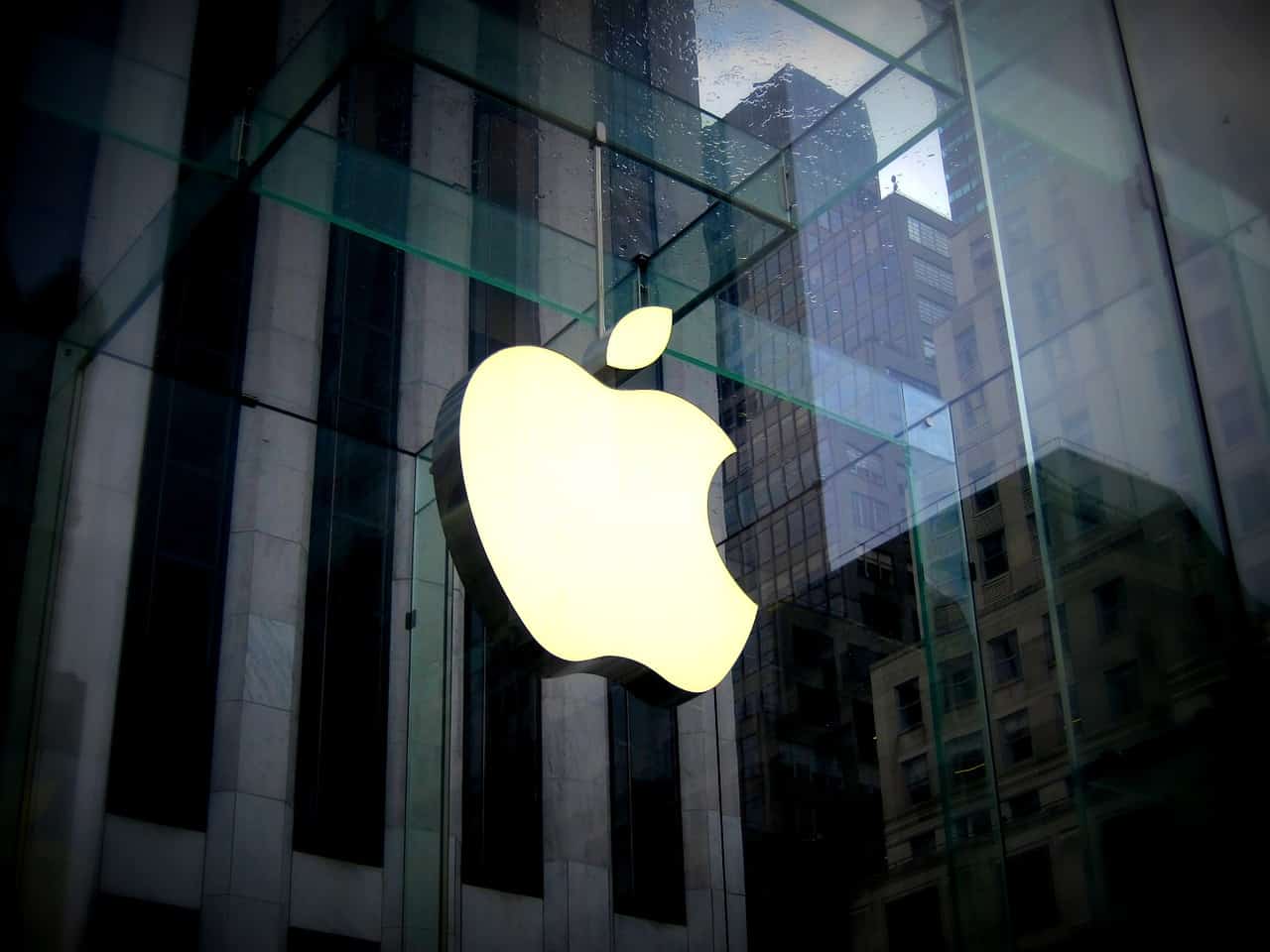One of the biggest surprises that the WWDC19 has given us is without any doubt the support of iOS and iPadOS with the external storage units. In a few months we can use pendrives, hard drives and even network drives through the Files application, both in iOS 13 and iPadOS 13.
The end of Wunderlist is getting closer: Microsoft To-Do is now available on all major platforms
Before this good news, some questions arise. And one of the most I’ve heard is: what file systems will accept iOS and iPadOS? Will Apple be as flexible with those systems as it does with macOS? Thanks to the developers who are testing the betas we can start to see that compatibility.
No problems for ExFAT and HFS + … as long as they are not encrypted
For now, and in the absence of changes in the betas that have to come during the next weeks and months, we can say that the compatibility is quite broad:
This new extension for Chrome can help you to report on malicious websites
- The units formatted in HFS +, the ‘traditional’ file system that Apple used to use in their internal disks before the arrival of APFS, can be read as well as written in iOS 13 / iPad OS 13. That’s right: the disks in HFS + that count with encryption they are not compatible. That may change as more betas come out over the summer and we can also read the encrypted HFS + disks by entering their password.
- The ExFAT file system can be read and written without problems. The same goes for its predecessor, FAT32, although it remembers that files with a size greater than 4 GB can not be saved in this file format.
- NTFS, Microsoft’s proprietary file system and widely used in Windows, does not work on iOS 13 or iPad OS 13. macOS can at least read them (but not write to them), but apparently on the iPhone and iPad we can not nor read what is in them. Unless there are changes in future betas, of course.
- APFS was not supported in the first beta, but now they can be read and written by iOS 13 and iPad OS 13 from beta 2 of both systems.
- Starting with beta 2 of iOS 13 and iPadOS 13, the Files application can now connect to other computers in the network using SMB.
There is another detail: iOS 13 and iPadOS can read disks that have several partitions without problem, those partitions formatted in unsupported systems will not appear in the Files application. And of course, remember that this support can be changing as the betas are progressing depending on the decisions made from the Apple Park.
watchOS 6 can allow us to update our Apple Watch
A final interesting point is that external hard drives, pen drives or even memory cards can work on iPad with Lightning connector. The price is that we will have to use the official Lightning to USB connector that also includes an additional Lightning connector, since many of those external storage units require more power than an iPad with Lightning connector can provide.
The author of the GandCrab ransomware is retiring
The same happens with iPhones: we will depend on that connector that can receive additional energy. The compatibility is there, but in the case of phones we will depend on whether the devices can have enough power to support the external units or not.
The new bug that affects computers that update to the latest version of Windows 10
